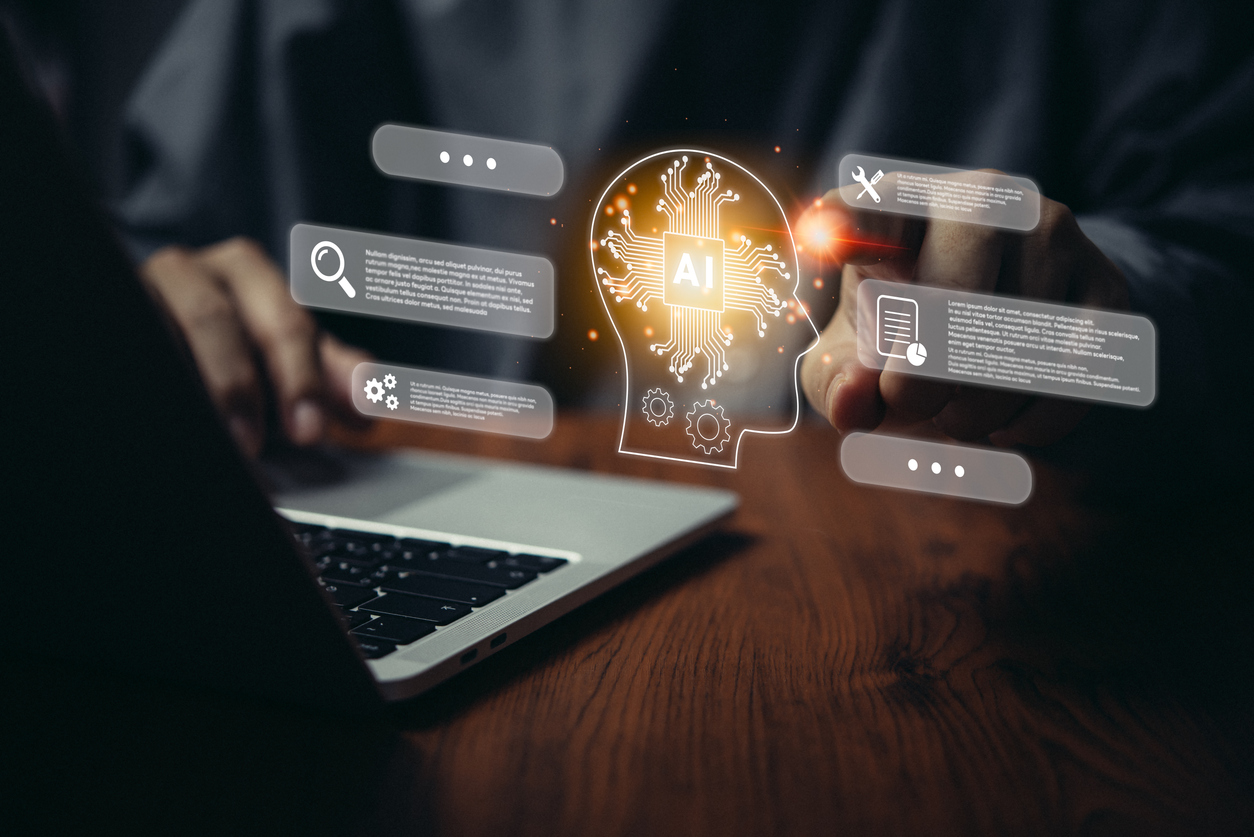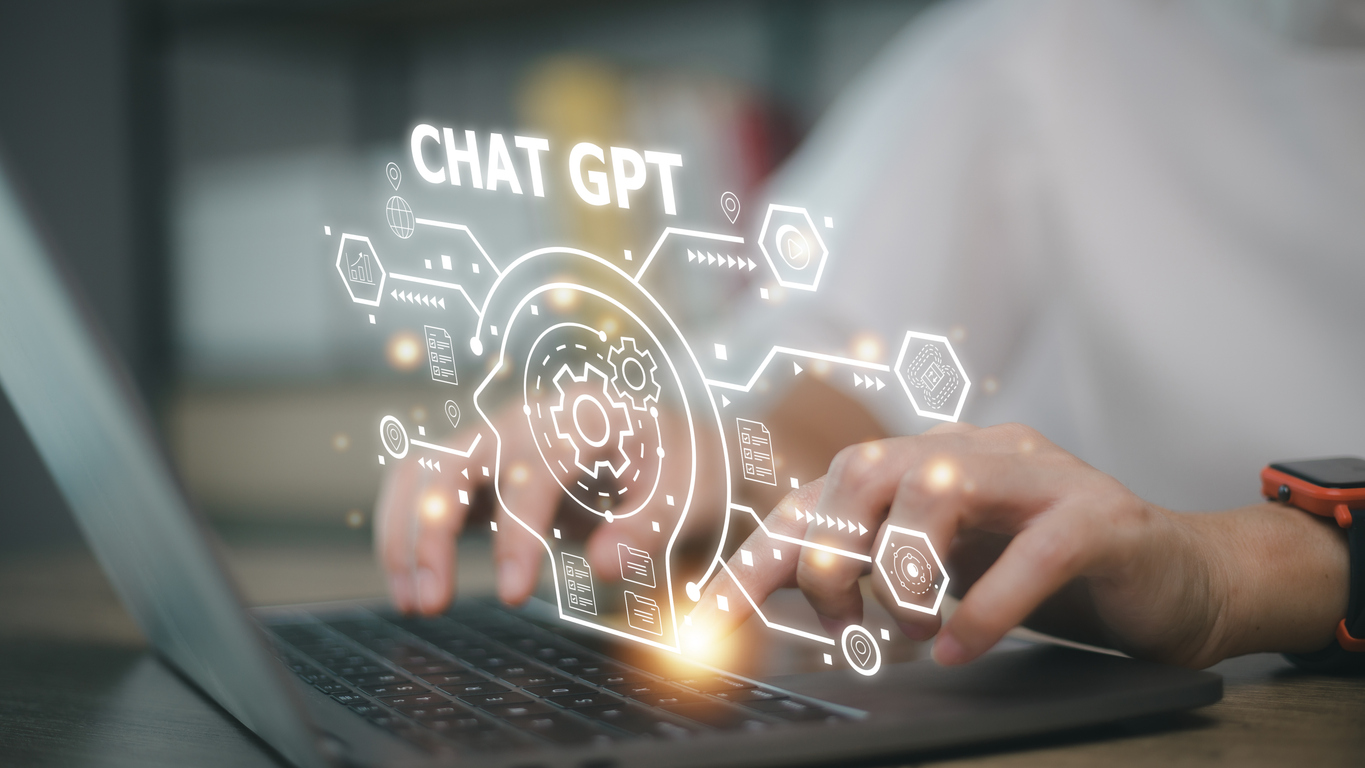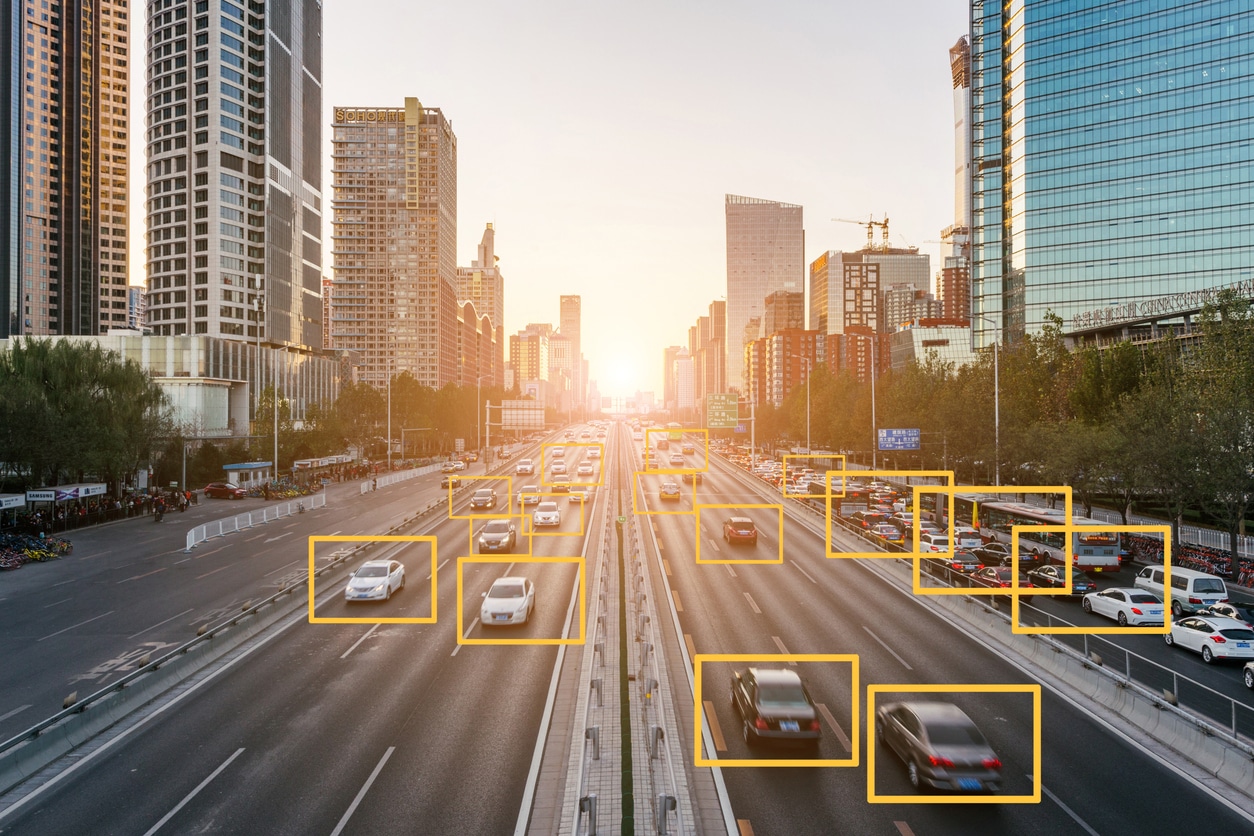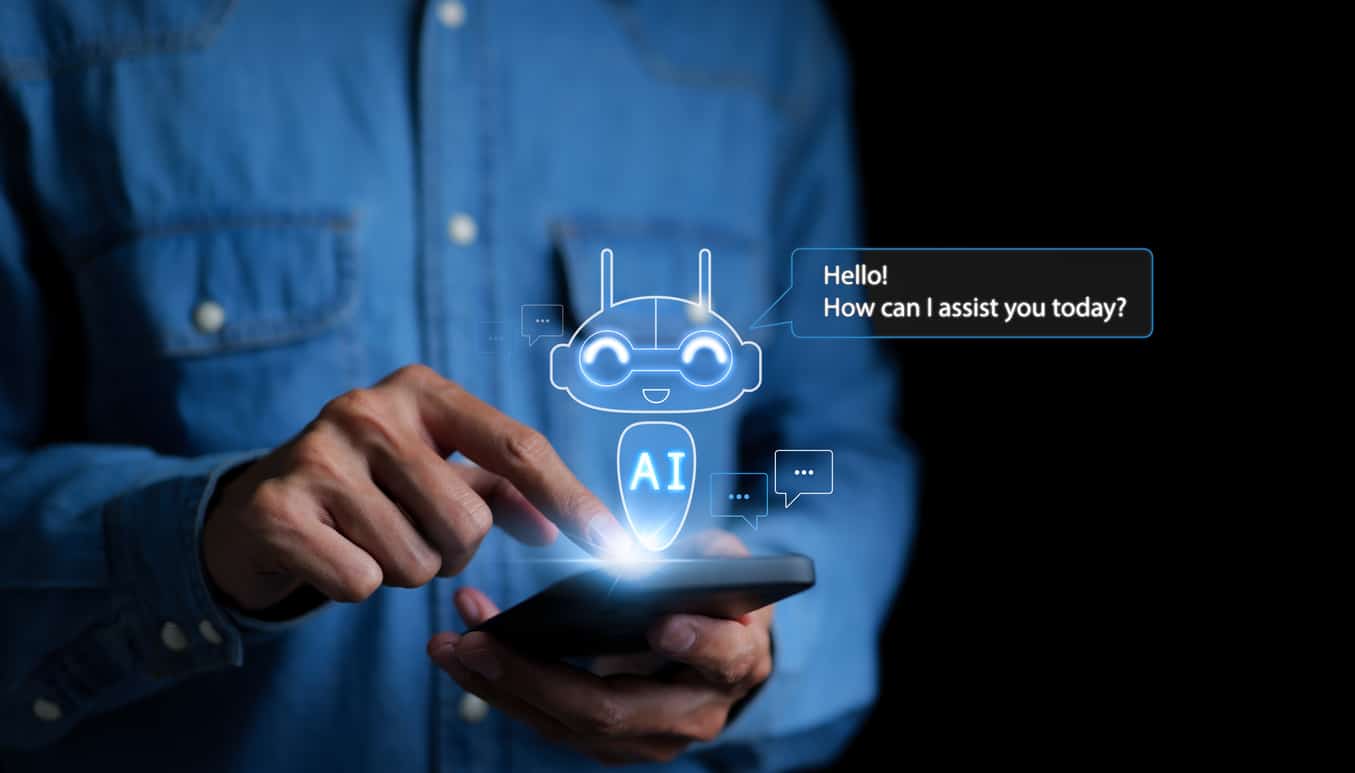In the realm of artificial intelligence (AI), generative ai models have emerged as powerful tools capable of creating new and imaginative content. By leveraging sophisticated algorithms and deep learning techniques, these models enable machines to generate realistic images, texts, music, AI talking photos, and even videos that mimic human creativity. In this article, we will delve into the world of generative AI models, exploring their definition, purpose, applications, and the key concepts that drive their success.

Introduction to Generative AI Models
AI generative models are designed to learn from vast amounts of data and generate new content that resembles the original data distribution. These models go beyond simple classification or prediction tasks and aim to create new samples that exhibit artistic, intellectual, or other desirable qualities.
Importance and Applications of AI-Generative Models
AI generative models have found a wide range of applications in various fields. They facilitate image generation, text generation, music synthesis, video synthesis, and more. These models empower artists, designers, storytellers, and innovators to push the boundaries of creativity and open new possibilities for content creation.
Overview of key concepts in Generative modeling
Key concepts in generative modeling include latent space, training data, and generative architectures. Latent space is a compressed representation of data that captures its essential features. Training data serves as the foundation for learning and helps models understand the underlying patterns. Generative architectures, such as Variational Autoencoders (VAEs), Generative Adversarial Networks (GANs), auto-regressive models, and flow-based models, are the building blocks that enable generative modeling.
Types of AI Generative Models
A. Variational Autoencoders (VAEs)
Explanation of VAEs and their Architecture
VAEs are generative models that utilize an encoder-decoder architecture to map input data into a latent space and reconstruct it back to the original data domain. They balance reconstruction accuracy and regularization to generate new samples that follow the learned data distribution.
Training process and latent space representation
VAEs undergo a training process that involves optimizing the model’s parameters to minimize reconstruction error and regularize the latent space distribution. The latent space representation allows for the generation of new and diverse samples by manipulating points within it.
Use cases and examples of VAEs
VAEs have applications in diverse areas, including image generation, anomaly detection, and data compression. They enable the generation of realistic images, art synthesis, and interactive exploration of latent spaces.
B. Generative Adversarial Networks (GANs)
Introduction to GANs and their components (generator and discriminator)
GANs consist of a generator network and a discriminator network that work together in an adversarial fashion. The generator aims to generate realistic samples, while the discriminator tries to distinguish between real and generated samples.
Training process and adversarial learning
The training process involves an adversarial game where the generator aims to fool the discriminator, and the discriminator tries to correctly classify samples. Through this competitive process, both networks improve their performance iteratively.
Real-world applications and breakthroughs with GANs
GANs have made significant contributions to image synthesis, enabling the creation of photorealistic images, style transfer, and image inpainting. They have also been applied to text-to-image synthesis, video generation, and realistic simulation for virtual environments.
C. Auto-Regressive Models
Overview of auto-regressive models and their structure
Auto-regressive models generate new samples by modeling the conditional probability of each data point based on the preceding context. They sequentially generate data, allowing for the generation of complex sequences.
Training and inference process
Auto-regressive models are trained to predict the next data point given the previous context. During inference, they generate new samples by sampling from the learned conditional distributions.
Use cases and examples of auto-regressive models
Auto-regressive models are commonly used in text generation, language modeling, and music composition. They capture dependencies in sequences and produce coherent and contextually relevant outputs.
D. Flow-Based Models
Explanation of flow-based models and their characteristics
Flow-based models directly model the data distribution by defining an invertible transformation between the input and output spaces. They allow for both data generation and efficient density estimation.
Normalizing flows and invertible transformations
Flow-based models utilize normalizing flows, a sequence of invertible transformations, to model complex data distributions. These transformations allow for efficient sampling and computation of likelihoods.
Applications and advantages of flow-based models
Flow-based models have applications in image generation, density estimation, and anomaly detection. They offer advantages such as tractable likelihood evaluation, exact sampling, and flexible latent space modeling.
E. Transformer-based model
Explanation of transformer-based model and its characteristics
Transformer-based models are a type of deep learning architecture that has gained significant popularity and success in natural language processing (NLP) tasks. Transformer-based models are a type of deep learning architecture that has gained significant popularity and success in natural language processing (NLP) tasks.
Applications and advantages of the transformer-based model
One notable application of Transformer models is the Transformer-based language model known as GPT (Generative Pre-trained Transformer). Models like GPT-3 have demonstrated impressive capabilities in generating coherent and contextually relevant text given a prompt. They have been used for various NLP tasks, including text completion, question answering, translation, summarization, and more.
Applications of AI-Generative Models
A. Image Generation and Manipulation
- Creating realistic images from scratch
- Generative models can generate high-quality images that resemble real-world objects, scenes, or even abstract art.
- Image style transfer and image-to-image translation
- Generative models enable the transfer of artistic styles from one image to another, transforming images to match different visual aesthetics.
- Content generation for art and design
- AI generative models can assist artists and designers in generating novel and inspiring content, opening new avenues for creativity.
B. Text Generation and Language Modeling
- Natural language generation and storytelling
- Generative models can generate coherent paragraphs, simulate human-like conversation, and even create engaging narratives.
- Language translation and text summarization
- Generative models can facilitate language translation, allowing for automated translation between different languages. They can also summarize long texts by extracting the most important information.
- Dialogue systems and conversational agents
- Generative models can power chatbots and virtual assistants, enabling intelligent conversation and personalized interactions with users.
C. Music and Sound Synthesis
- Generating new musical compositions
- Generative models can compose new musical pieces, emulate the style of famous composers, and aid in music production.
- Sound generation and audio synthesis
- AI generative models can synthesize new sounds, enabling applications in sound design, audio effects, and virtual reality experiences.
- Music style transfer and remixing
- Generative models can transfer musical styles from one piece to another, allowing for creative remixing and experimentation.
D. Video Synthesis and Deepfakes
- Video generation and frame prediction
- Generative models can generate new videos or predict future frames, aiding in video synthesis and simulation.
- Deepfake technology and its implications
- Deepfakes, driven by generative models, raise concerns regarding fake videos and their potential impact on privacy, misinformation, and trust.
- Video editing and content creation
- AI generative models can automate video editing tasks, enhance visual effects, and facilitate content creation in the film and entertainment industry.
Evaluation and Challenges in AI Generative Models
A. Metrics for evaluating generative models
Evaluating generative models poses unique challenges. Metrics such as likelihood, inception score, and Frechet Inception Distance (FID) are commonly used to assess the quality and diversity of generated samples.
B. Challenges in training and optimizing generative models
Training generative models can be challenging due to issues like mode collapse, overfitting, and finding the right balance between exploration and exploitation. Optimization techniques and regularization methods help address these challenges.
C. Ethical considerations and concerns in AI generative modeling
Ethical considerations arise with AI generative models, particularly in areas such as deep fakes, privacy, bias, and the responsible use of AI-generated images content. Ensuring transparency, fairness, and responsible deployment is essential to mitigate these concerns.
Future Trends and Developments
A. Advancements in generative model architectures and techniques
Ongoing research aims to improve the performance, efficiency, and controllability of generative models. Innovations in architectures, regularization techniques, and training methods are expected to shape the future of generative modeling.
B. Integration of generative models with other AI approaches
The integration of generative models with other AI approaches, such as reinforcement learning and transfer learning, holds promise for more sophisticated and adaptable generative systems.
C. Potential impact on various industries and domains
AI generative models have the potential to disrupt industries like entertainment, design, advertising, and more. They can enhance creative processes, automate content creation, and enable personalized user experiences.
Conclusion
In conclusion, AI generative models have revolutionized content creation and innovation by enabling machines to generate realistic images, texts, music, and videos. Through VAEs, GANs, auto-regressive models, and flow-based models, AI generative models have opened doors to new possibilities in art, design, storytelling, and entertainment. However, challenges such as evaluation, ethical considerations, and responsible deployment need to be addressed to harness the full potential of generative modeling. As we navigate the future, AI generative models will continue to shape creativity and drive innovation in unprecedented ways.









